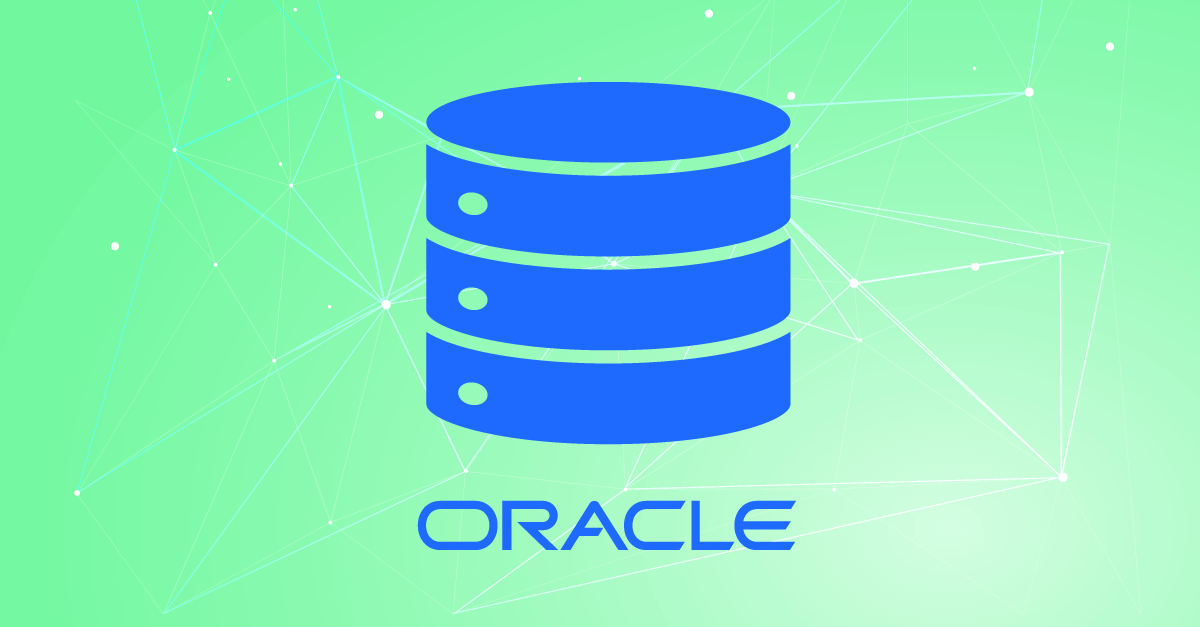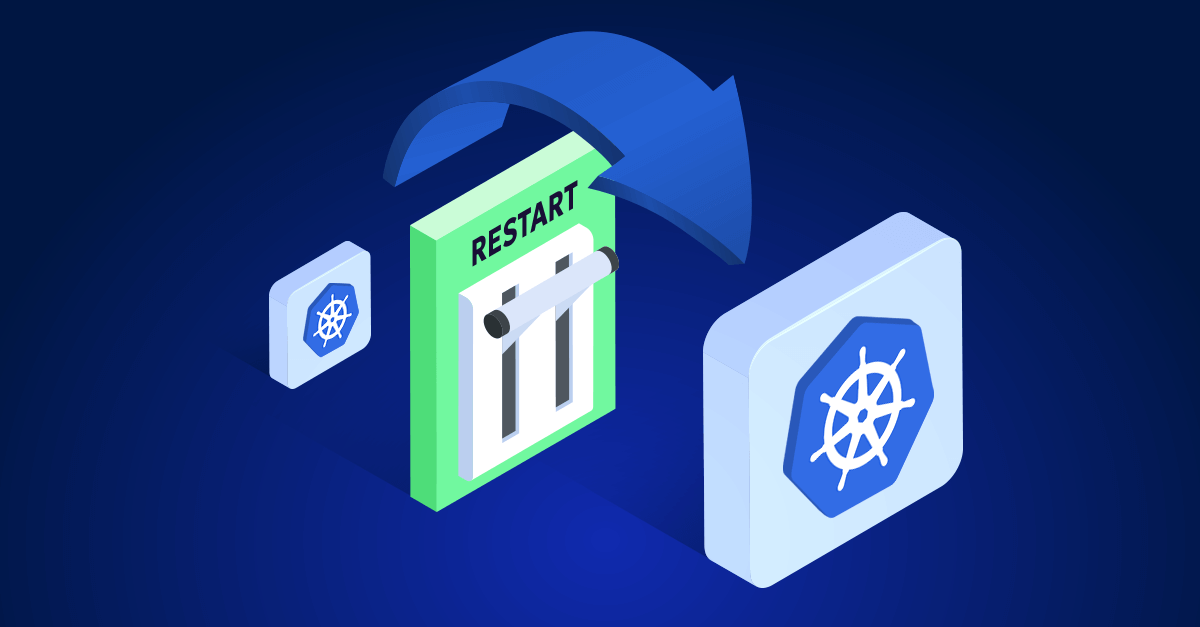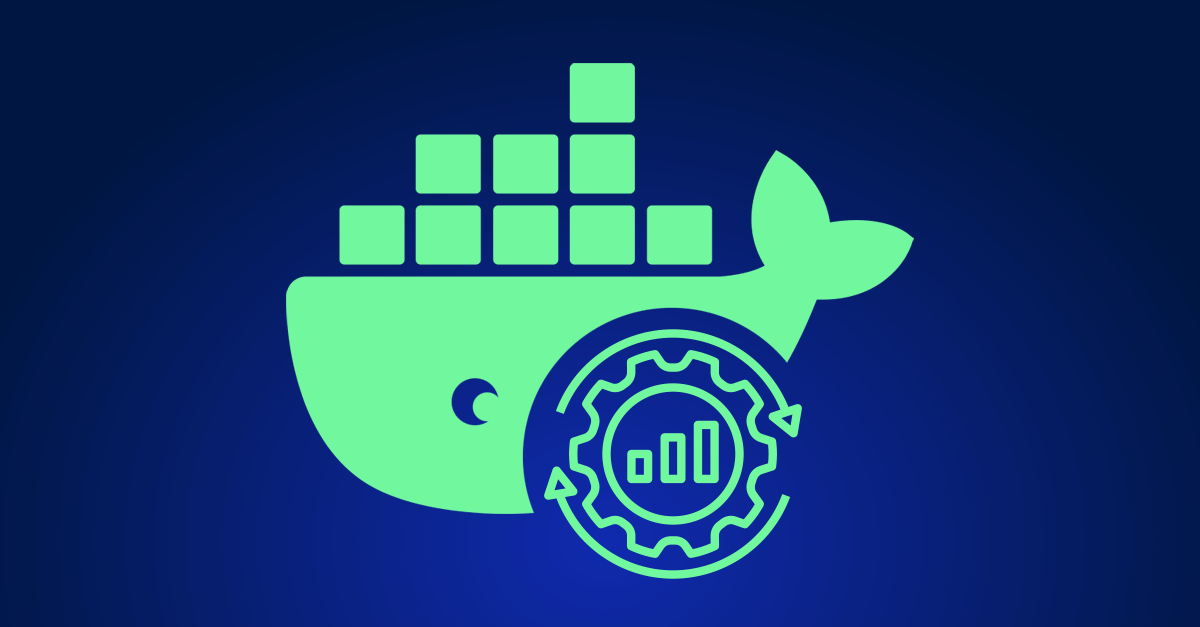Running Oracle Database on AWS opens the door to numerous possibilities, offering the flexibility and scalability that modern enterprises need. However, making this transition or managing an existing Oracle setup on AWS comes with its own set of unique considerations. Whether you’re dealing with the complexities of licensing, ensuring top-notch performance, or safeguarding your data, the path to success lies in adopting proven strategies tailored to your specific needs.
Let’s delve into some of the key aspects of running Oracle on AWS, and explore best practices that can help you navigate this environment effectively.
Match the Instance type to your workload: The first step to success
Choosing the right AWS instance type is a foundational decision that significantly impacts both the performance and cost-effectiveness of your Oracle database. For many Oracle workloads, the balance between memory, compute power, and storage is critical.
- Memory-Optimized Instances: If your Oracle database operations are memory-intensive, such as large-scale in-memory databases, opt for instances like R5, X2idn, or X2iedn. These instances are designed to handle large volumes of data in memory, providing a high memory-to-vCPU ratio, which is crucial for performance-intensive Oracle workloads.
- Compute-Optimized Instances: For applications with high processing needs, such as complex calculations or transaction-heavy environments, instances like C5 and C6i are ideal. These instances offer high processing power, ensuring that your database can handle extensive computational tasks efficiently.
- Storage Optimized Instances: In scenarios where high I/O throughput is necessary, particularly for workloads involving large-scale data processing, consider storage-optimized instances like I3 or I4i. These instances are equipped with fast, local storage that supports demanding read/write operations.
Implementation
Utilize AWS’s Instance Selector tool to fine-tune your choice based on workload characteristics. Continuous monitoring via Amazon CloudWatch ensures that your instance type remains aligned with your evolving workload demands.
Simplify management with Amazon RDS for Oracle
For many database administrators, the day-to-day management of an Oracle database can be time-consuming. Amazon RDS for Oracle simplifies this process by automating key tasks like backups, patching, and scaling, allowing you to focus on optimizing database performance rather than managing infrastructure.
- Multi-AZ Deployment for High Availability
When setting up your Oracle database on RDS, configuring it for Multi-AZ deployment is essential for high availability. This setup automatically replicates your database across multiple Availability Zones, ensuring that your operations continue uninterrupted, even in the event of a zone failure. - Automated Backups and Snapshots
Leverage RDS’s automated backups to maintain data integrity and support disaster recovery. Schedule these backups during low-traffic periods to minimize any performance impact. For additional data security, consider manually creating snapshots before performing significant updates or maintenance. - Scaling with Read Replicas
If your application experiences heavy read operations, consider using Amazon RDS Read Replicas. These replicas allow you to offload read traffic from your primary database, thus enhancing performance and reliability.
Putting it into practice
Start with a thorough evaluation of your workload to determine if RDS for Oracle meets all your needs. For complex, highly customized Oracle databases, an EC2 deployment might offer more flexibility, though at the cost of increased management overhead.
Security: Layering Oracle and AWS features
Securing your Oracle database on AWS is a multifaceted task, requiring the integration of AWS’s robust security features with Oracle’s own security protocols. This ensures that your data remains protected, compliant, and accessible only to authorized users.
- Fine-Grained Access Control with IAM
Use AWS Identity and Access Management (IAM) to establish precise control over who can access your Oracle databases. Set up roles and policies that enforce the principle of least privilege, ensuring that users have access only to the resources necessary for their roles. - Encrypting Data Everywhere
Encrypting data both at rest and in transit is non-negotiable. Utilize AWS Key Management Service (KMS) to manage encryption keys, and enable encryption for all data stored on Amazon S3, EBS volumes, and within your Oracle database. Additionally, use SSL/TLS to secure data in transit between your application and the database. - Continuous Security Audits
Regularly audit your security configurations using tools like AWS Config and AWS CloudTrail. These services allow you to track changes, monitor access, and ensure that your environment remains secure and compliant with organizational policies and industry regulations.
Additional advice
Conduct periodic reviews of your security settings and consider implementing automated compliance checks using AWS Security Hub. This will help you identify and remediate security issues before they can impact your operations.
Storage performance: Getting the most out of your infrastructure
For Oracle databases, particularly those with high I/O demands, optimizing storage performance is critical. AWS provides several storage solutions that can be tailored to meet the specific needs of your database, ensuring fast, reliable access to data.
- High-Performance EBS Volumes
Amazon EBS Provisioned IOPS SSD (io2) volumes are designed for applications that require high throughput and low latency. These volumes offer consistent performance, even under heavy I/O workloads. Ensure that your instances are EBS-optimized to maximize performance. - Shared File Systems with Amazon FSx
If your Oracle workloads require shared file systems, consider Amazon FSx. This service provides a high-performance file system that is ideal for applications needing distributed access to large datasets.
Best practices
Regularly monitor I/O performance metrics through Amazon CloudWatch. If you notice any bottlenecks, consider adjusting your EBS volume types or resizing instances to better match your workload’s demands.
Automation: Ensuring reliability and resilience
Automating routine tasks like backups and failover can drastically reduce the risk of human error and improve the reliability of your Oracle database environment. AWS offers a range of tools to help you automate these processes.
- Backup Strategies with AWS Backup
AWS Backup allows you to automate and centralize data protection across your AWS environment. Create backup plans that align with your organization’s Recovery Point Objectives (RPOs) and Recovery Time Objectives (RTOs), and use tags to manage and track backups effectively. - Oracle RMAN for EC2 Deployments
For Oracle databases running on EC2 instances, Oracle Recovery Manager (RMAN) is a powerful tool for managing backups and recovery. Integrate RMAN with AWS Storage Gateway or Amazon S3 to streamline the backup process and ensure that data is securely stored offsite.
Real-world application
Regularly test your backup and recovery processes to ensure that they work as expected. Simulate disaster recovery scenarios to validate that your backups can be restored within the required timeframes.
Planning for high availability and disaster recovery
High availability and disaster recovery are crucial for mission-critical Oracle databases. AWS provides several strategies to ensure that your databases remain available and recoverable in the event of an outage.
- Multi-AZ and Global Deployments
For high availability, configure your Oracle databases with Multi-AZ deployments, ensuring that they are replicated across different Availability Zones. For global applications, consider using AWS Global Accelerator to route traffic to the nearest healthy AWS region, reducing latency and improving fault tolerance. - Disaster Recovery with Data Guard
For more advanced disaster recovery needs, Oracle Data Guard offers a robust solution for maintaining standby databases that can take over in the event of a primary database failure. This setup is particularly useful for organizations with strict RTOs and RPOs.
Implementation strategy
Design and implement your disaster recovery plan with clear documentation and regular testing. Ensure that all stakeholders are aware of the recovery procedures and that backups are regularly validated.
Cost optimization: Controlling expenses without compromising performance
Managing costs is a critical aspect of running Oracle databases on AWS. With the right strategies, you can optimize your expenses without sacrificing performance or reliability.
- Right-Sizing Instances and Resources
Regularly review your instance sizes and types to ensure that they match your current workload. AWS’s Cost Explorer can help you analyze usage patterns and identify opportunities for savings. - Bring Your Own License (BYOL) vs. License Included (LI)
Consider your licensing options carefully. If you have existing Oracle licenses, the BYOL model can offer significant savings. Alternatively, the License Included (LI) model simplifies management by bundling the cost of Oracle licenses into the RDS pricing.
Tip: Set up AWS Budgets to track and manage your spending and and turn off non-essential resources during off-peak hours.
Bringing It all together
Running Oracle Database on AWS offers a range of benefits, from improved scalability to cost efficiency. However, to truly unlock the potential of AWS, it’s essential to adopt a strategic approach that addresses the unique challenges of managing Oracle in the cloud. By carefully selecting your instance types, leveraging automation, optimizing storage, and implementing robust security measures, you can create a highly efficient, reliable, and secure Oracle database environment on AWS.










